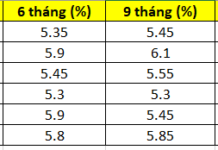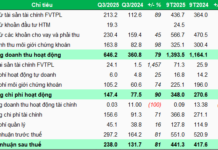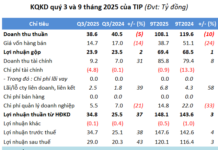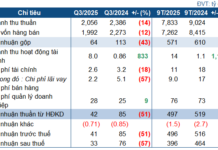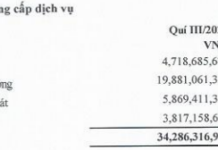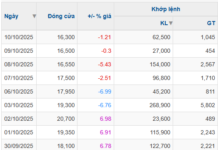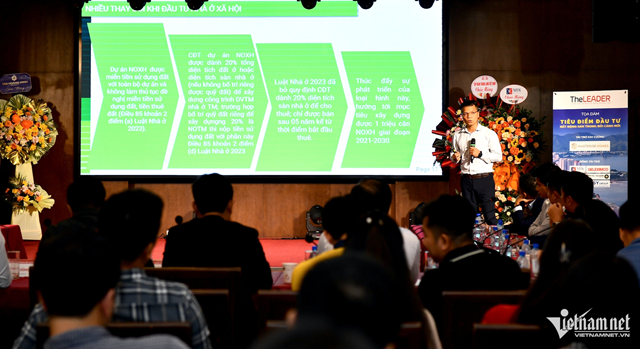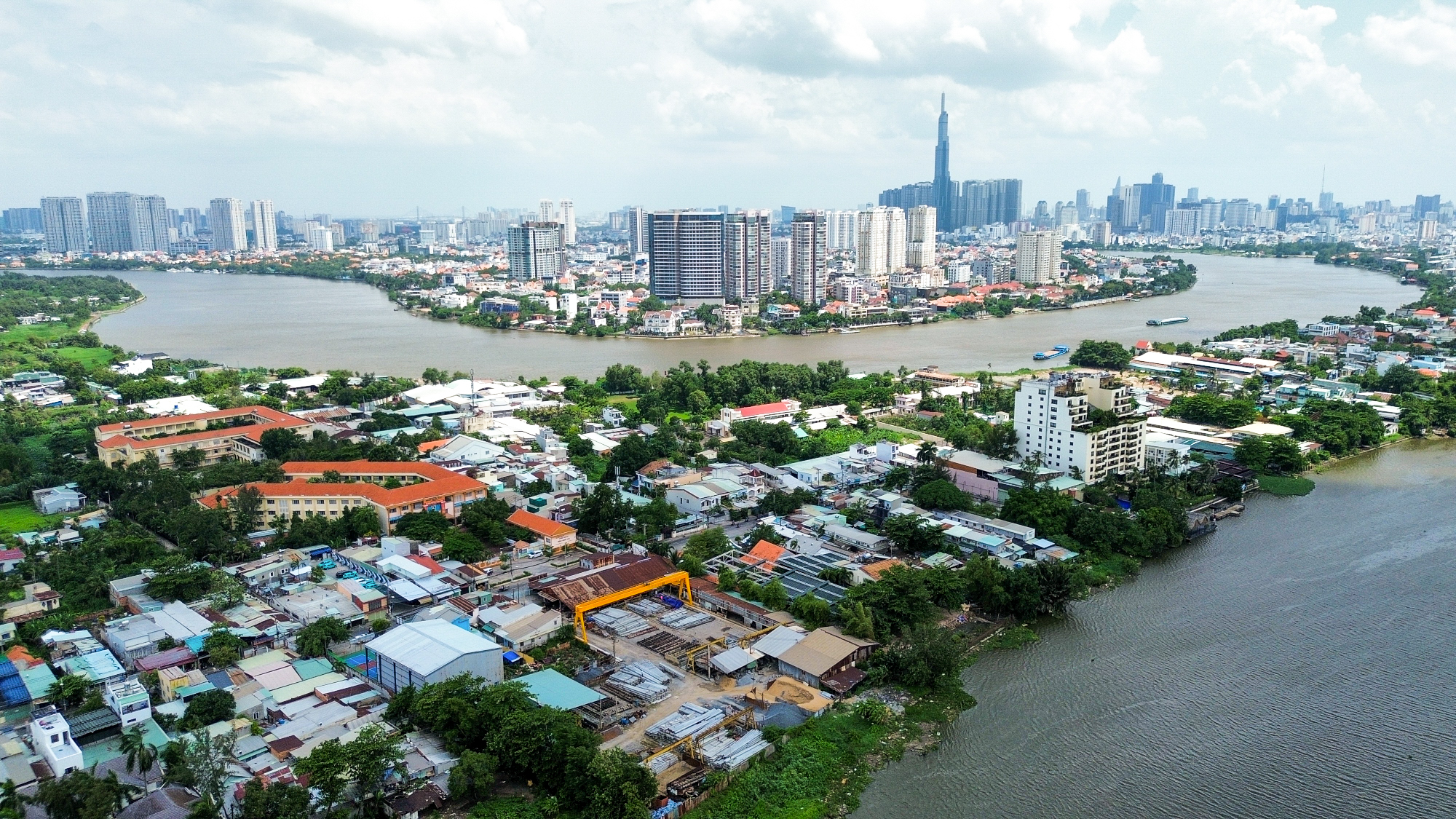
The Thanh Da Peninsula, located in Binh Thanh District, sits amidst Ho Chi Minh City. Despite its prime location, just 4 km from District 1, this area retains a rural character with rice fields, grasslands, and marshes.
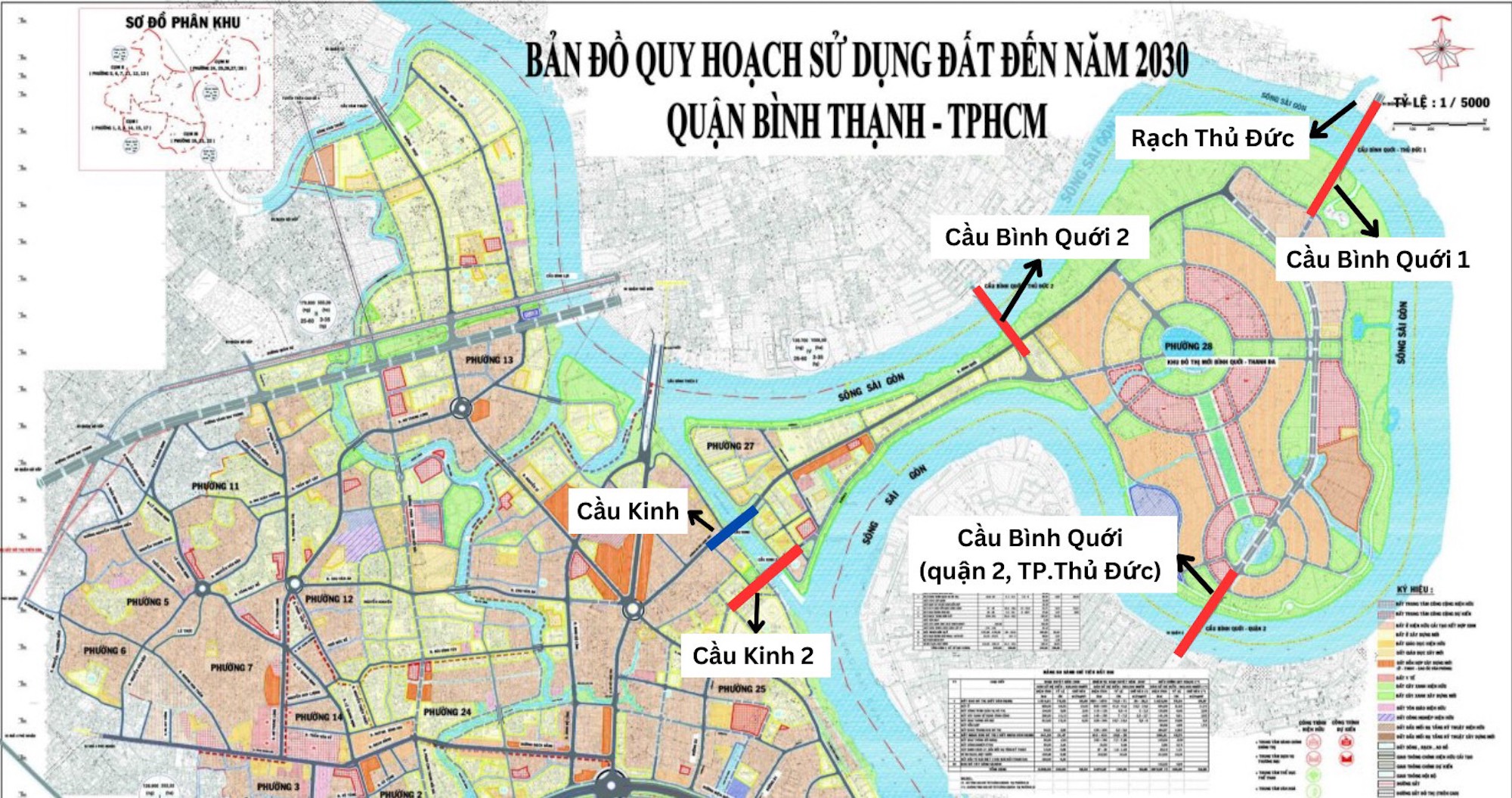
One reason for this is the limited transportation infrastructure in the Thanh Da Peninsula. To address this issue, Ho Chi Minh City has planned four new bridges to connect to the peninsula, helping it shed its rural image. The red areas in the image indicate the locations of these bridges.
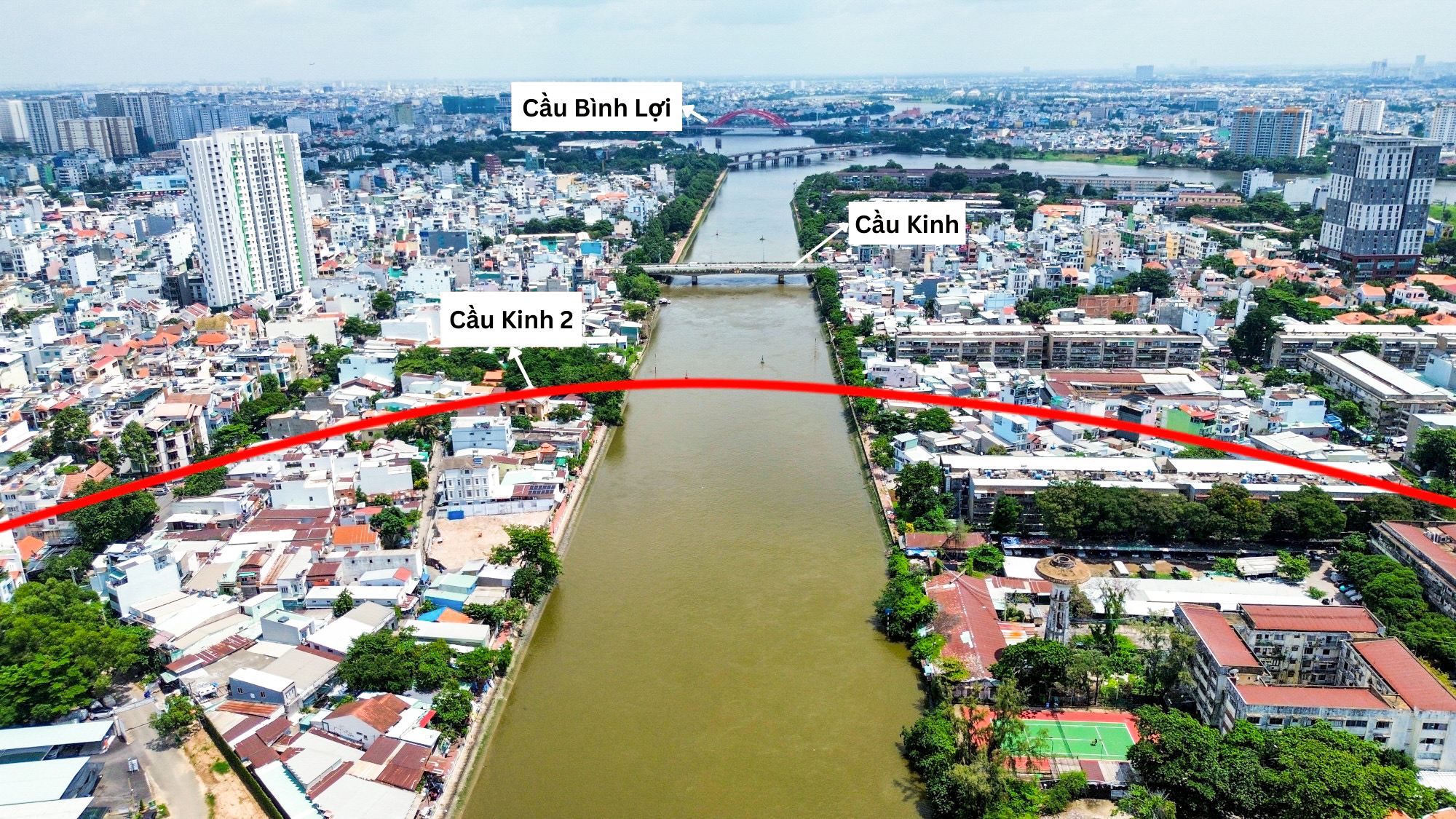
The first bridge, Kinh 2 Bridge, will run parallel to the existing Kinh Bridge. It will start from Nguyen Gia Tri Street in Binh Thanh District and connect to Thanh Da Street. The design features a 1.2-km length with two lanes in each direction and pedestrian walkways on both sides.
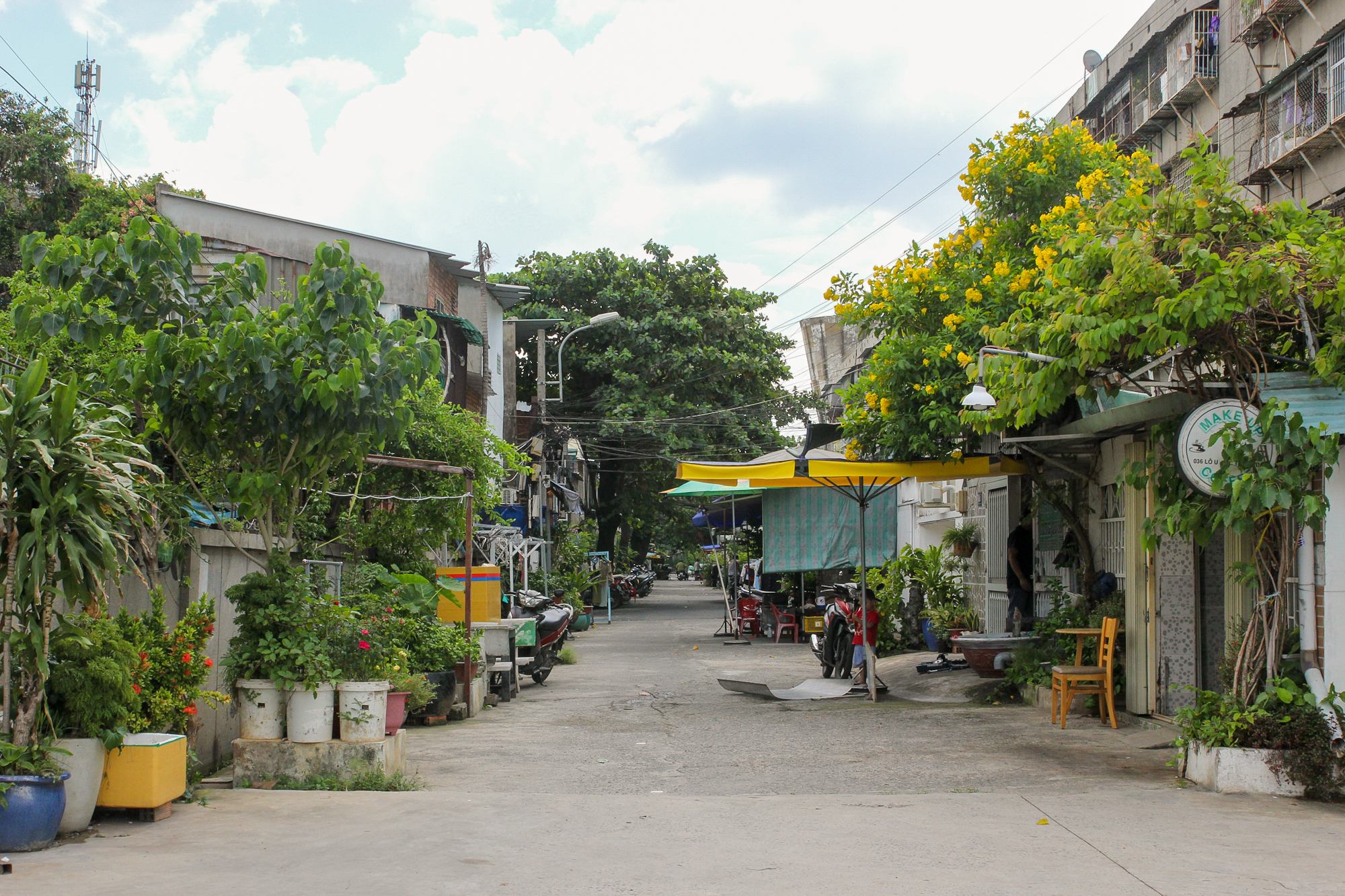
The Kinh 2 Bridge project is expected to commence in the 2024-2025 phase and be completed within 3-4 years. The image above shows Thanh Da Street in Binh Thanh District.
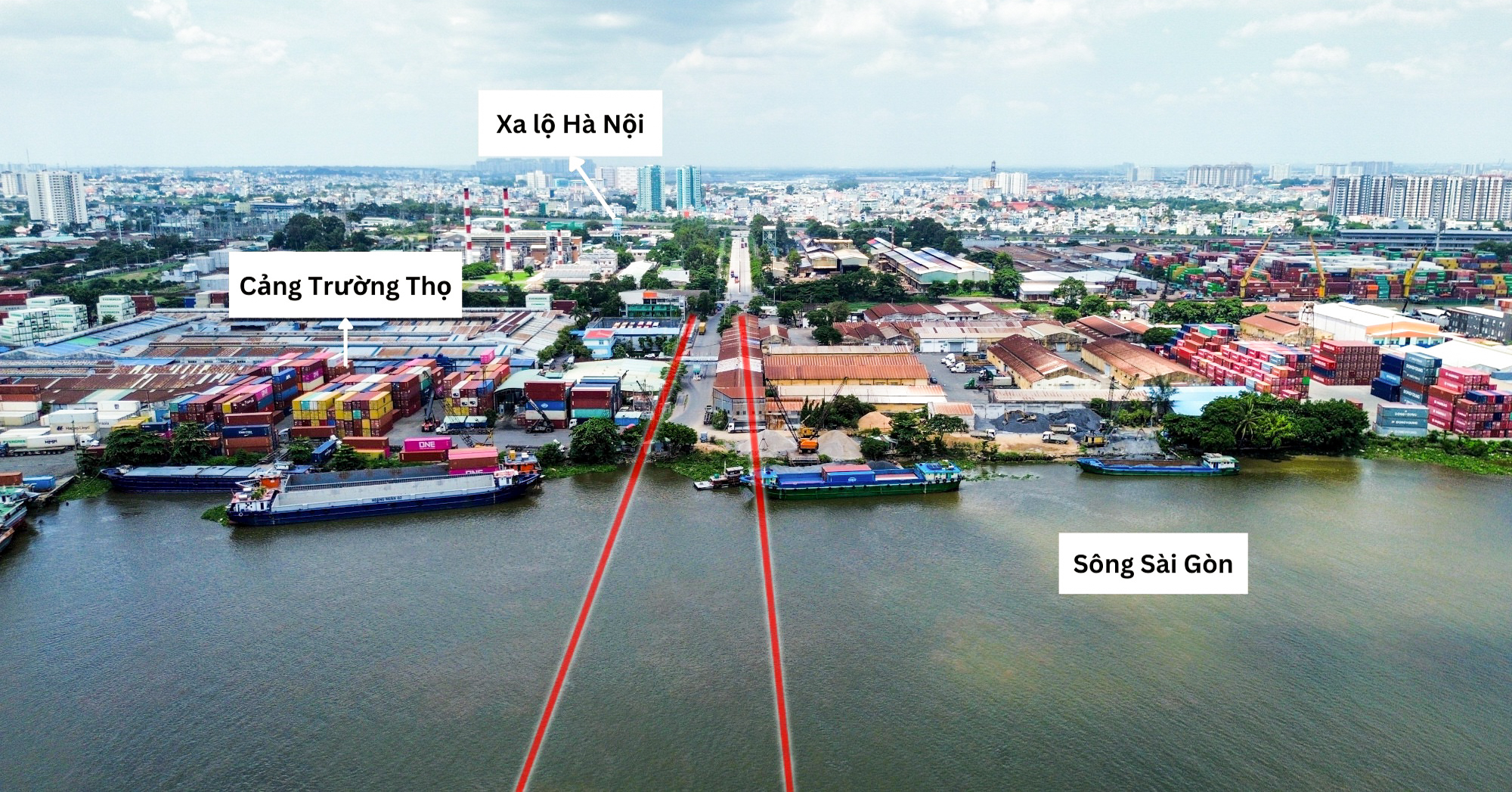
Next is the Binh Quoi 1 Bridge, designed to span the Saigon River and connect the Thanh Da Peninsula to Thu Duc City. The bridge will be located next to Truong Tho Port and will be approximately 1.5 km long.
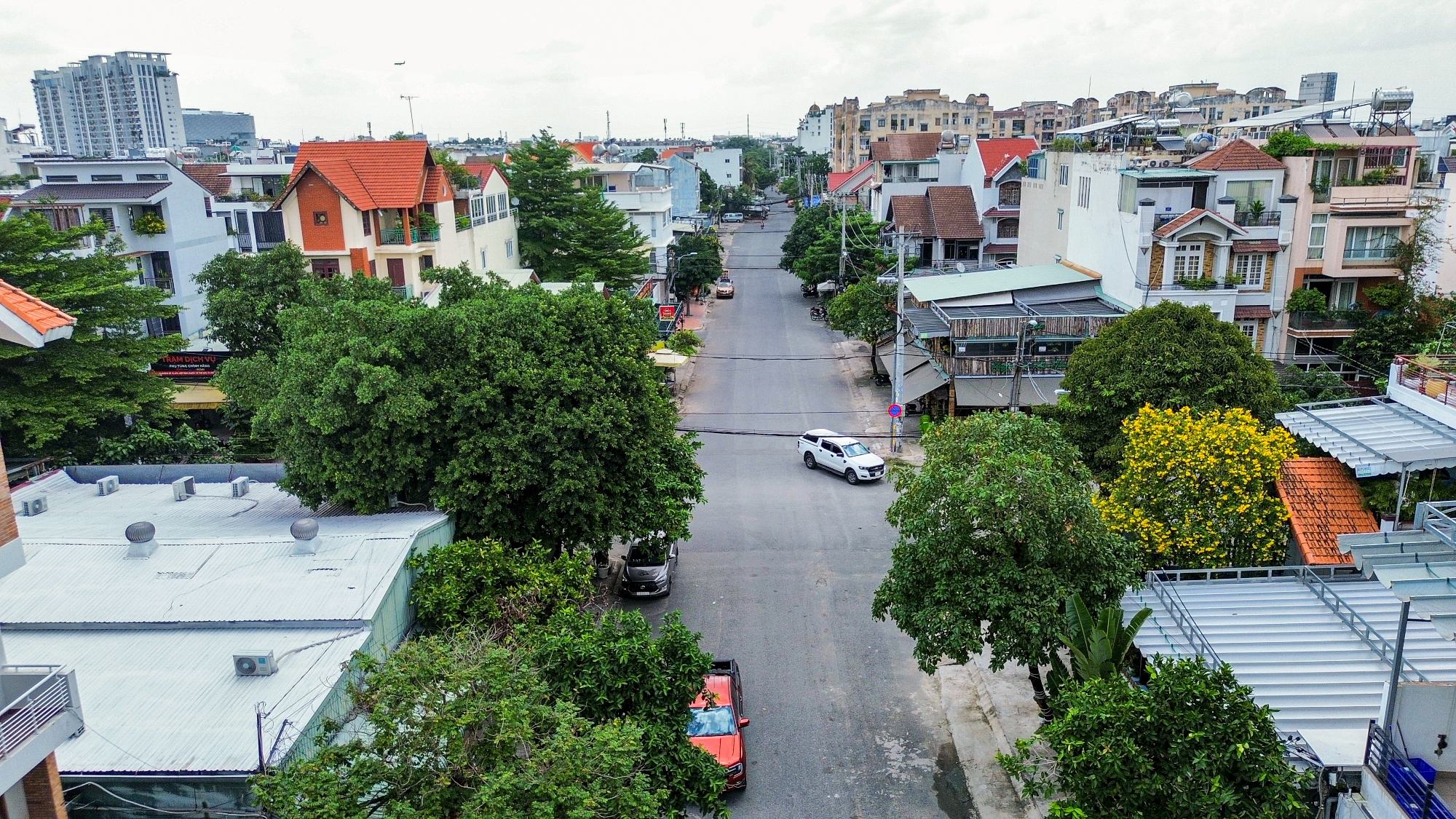
The Binh Quoi 2 Bridge will start from Binh Quoi Street in Thanh Da, Binh Thanh District, crossing Road No. 5 in Thu Duc City and leading directly to Pham Van Dong Boulevard. With a proposed length of approximately 1.3 km, this bridge is being suggested for construction using the BOT (Build-Operate-Transfer) model.
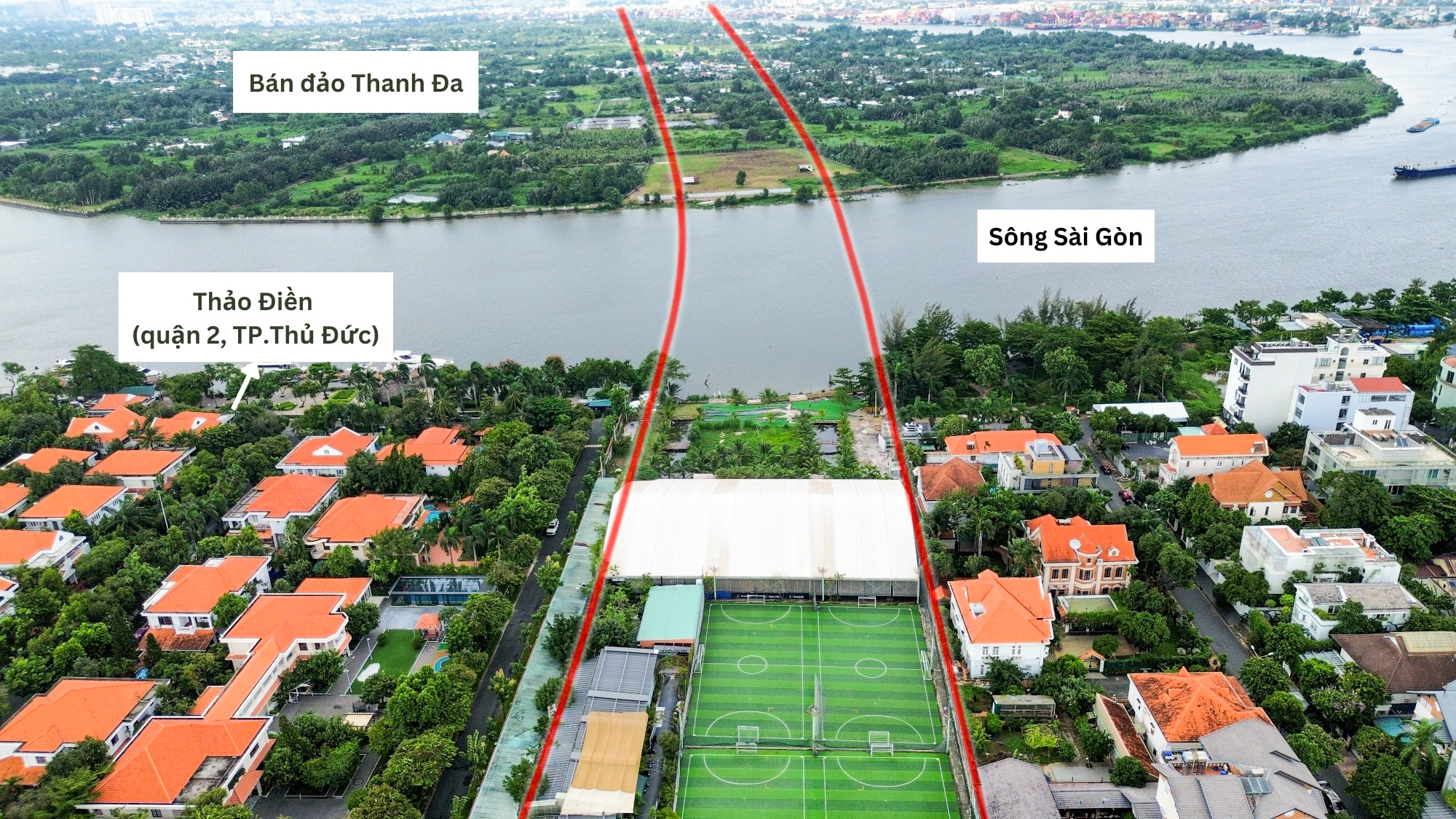
The last of the four planned bridges on the Thanh Da Peninsula is the Binh Quoi 3 Bridge, which will span the Saigon River and directly connect the peninsula to the Thao Dien area in Thu Duc City.
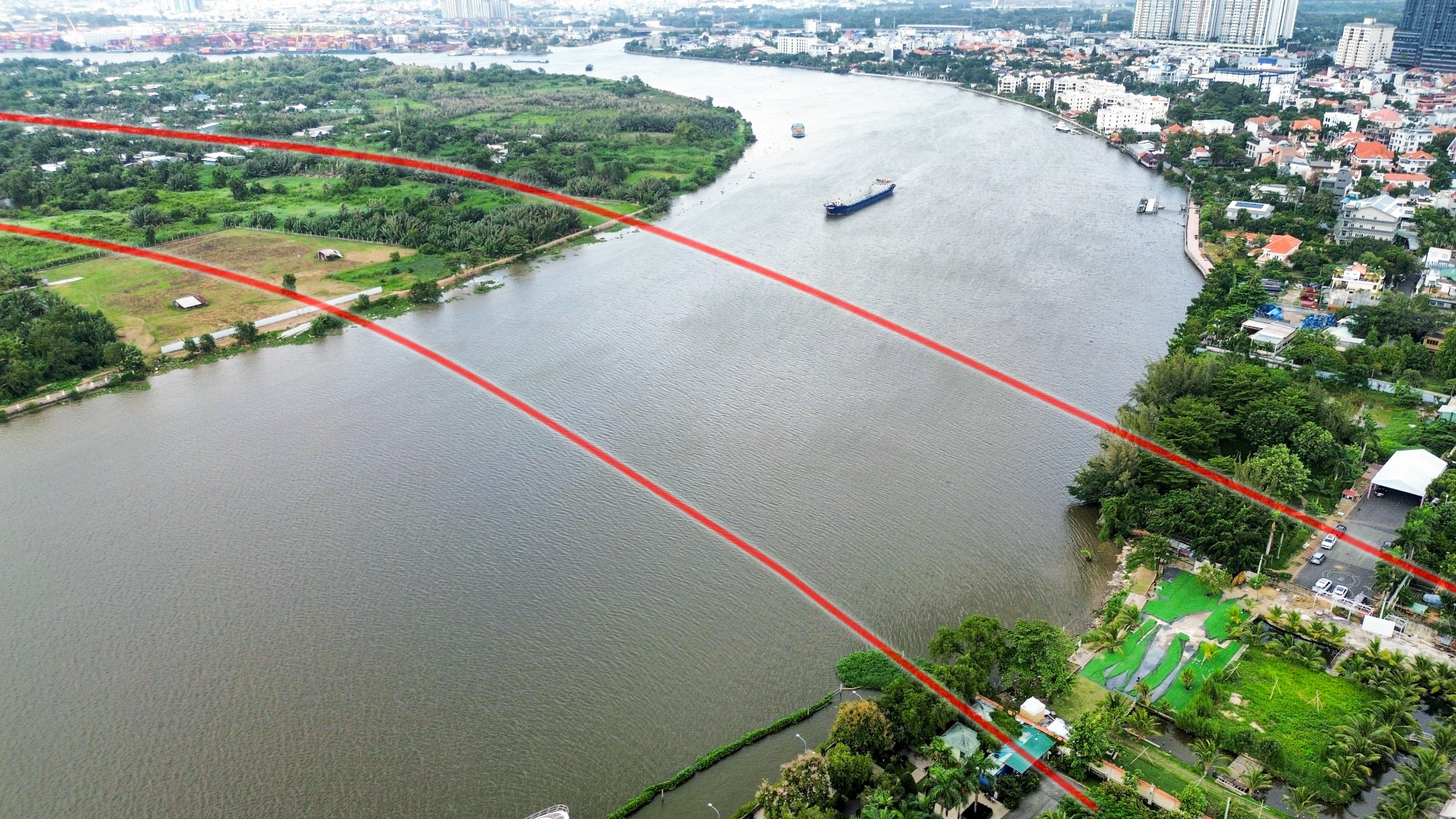
With a design length of approximately 1.4 km and a width of 32 m, equivalent to six lanes (three lanes on each side), the Binh Quoi 3 Bridge is expected to alleviate traffic congestion and facilitate economic development, especially in the Thanh Da Peninsula and surrounding areas.
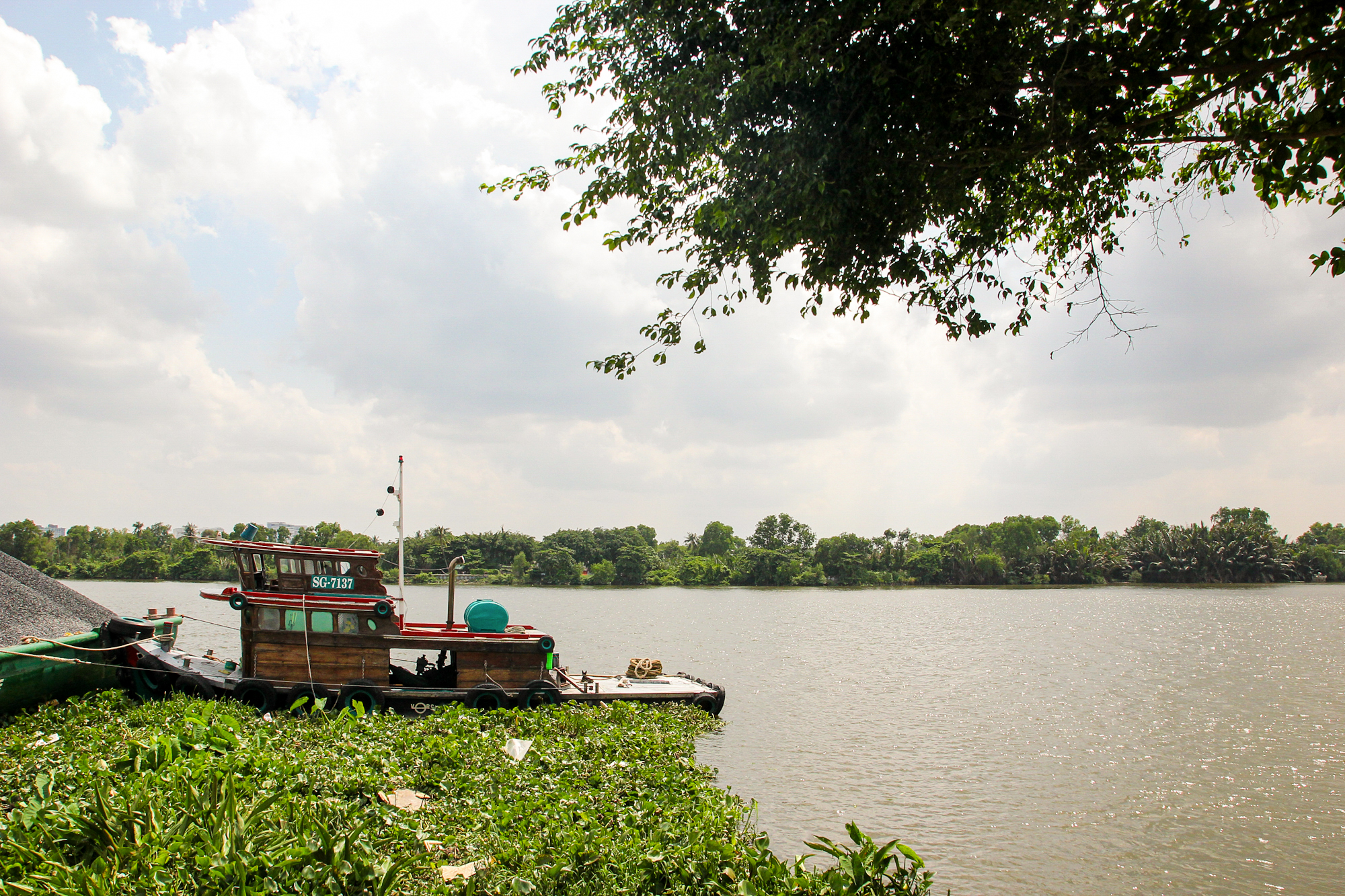
In fact, the project to build these four bridges on the Thanh Da Peninsula has been on the books for almost a decade. However, it has not progressed beyond the planning stage. One of the main reasons for this delay is the challenge of relocating the Thanh Da Residential Area. In addition to opposition from residents, the time and cost involved in compensating and resettling the community have also been significant hurdles to the project’s implementation.
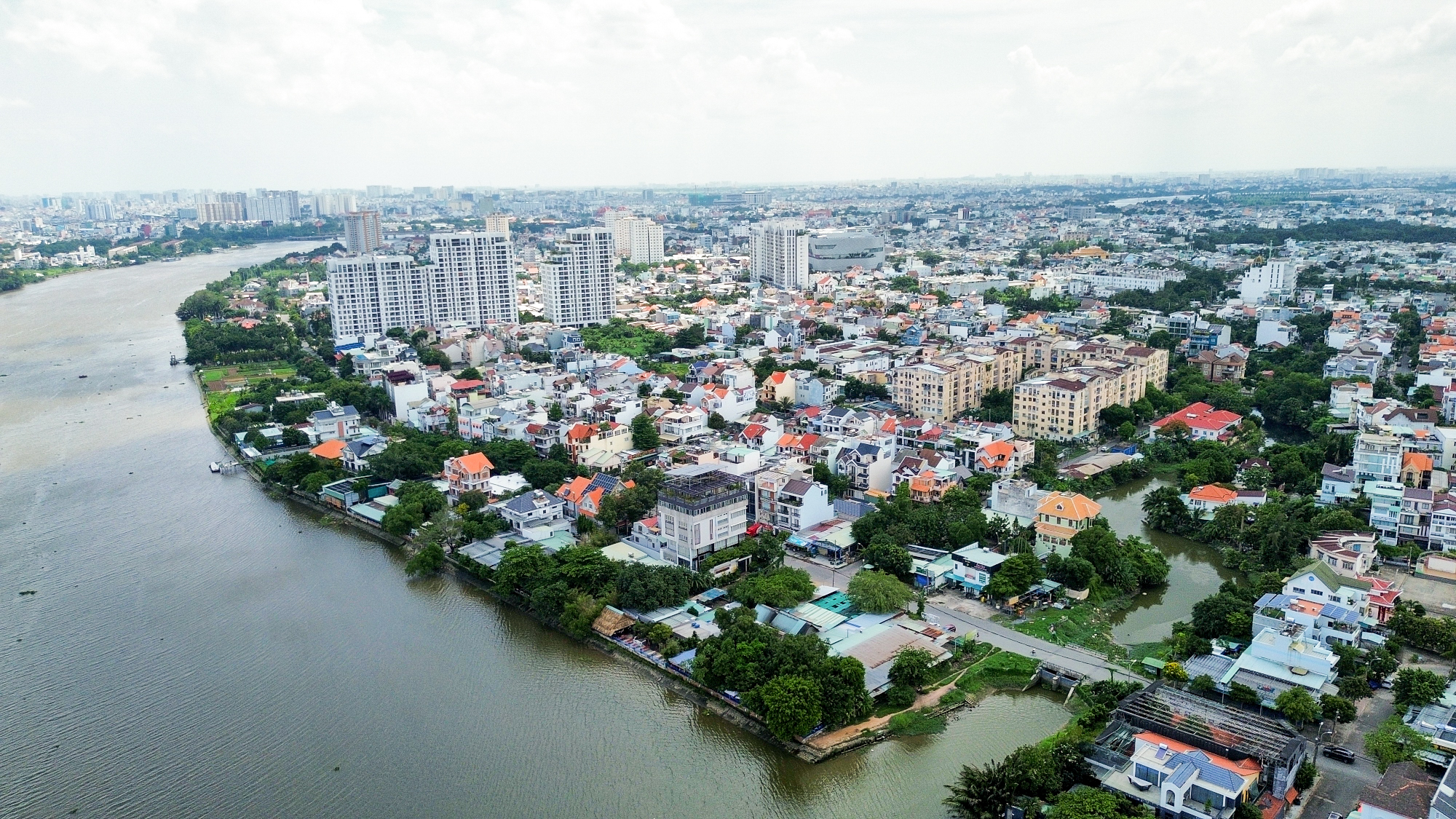
Nevertheless, if this project is successfully realized, it will bring comprehensive benefits to the Thanh Da area, from improved transportation to boosted economic development and enhanced quality of life for residents.
The Power of Lizen: Consistently Winning Massive Bids
Lizen has achieved a significant milestone by successfully deploying and implementing major high-speed construction projects in 2023. The company’s revenue has reached 2,030.5 billion VND, which is twice the amount compared to 2022. However, the post-tax profit has reached its lowest point in the past 6 years, dropping down to only 118.3 billion VND.
Comprehensive regional connectivity
In addition to building strong physical infrastructure, Ho Chi Minh City needs to strengthen its soft connections with other provinces in the region in order to promote economic development. This includes prioritizing the training of skilled workforce and ensuring access to quality healthcare.










